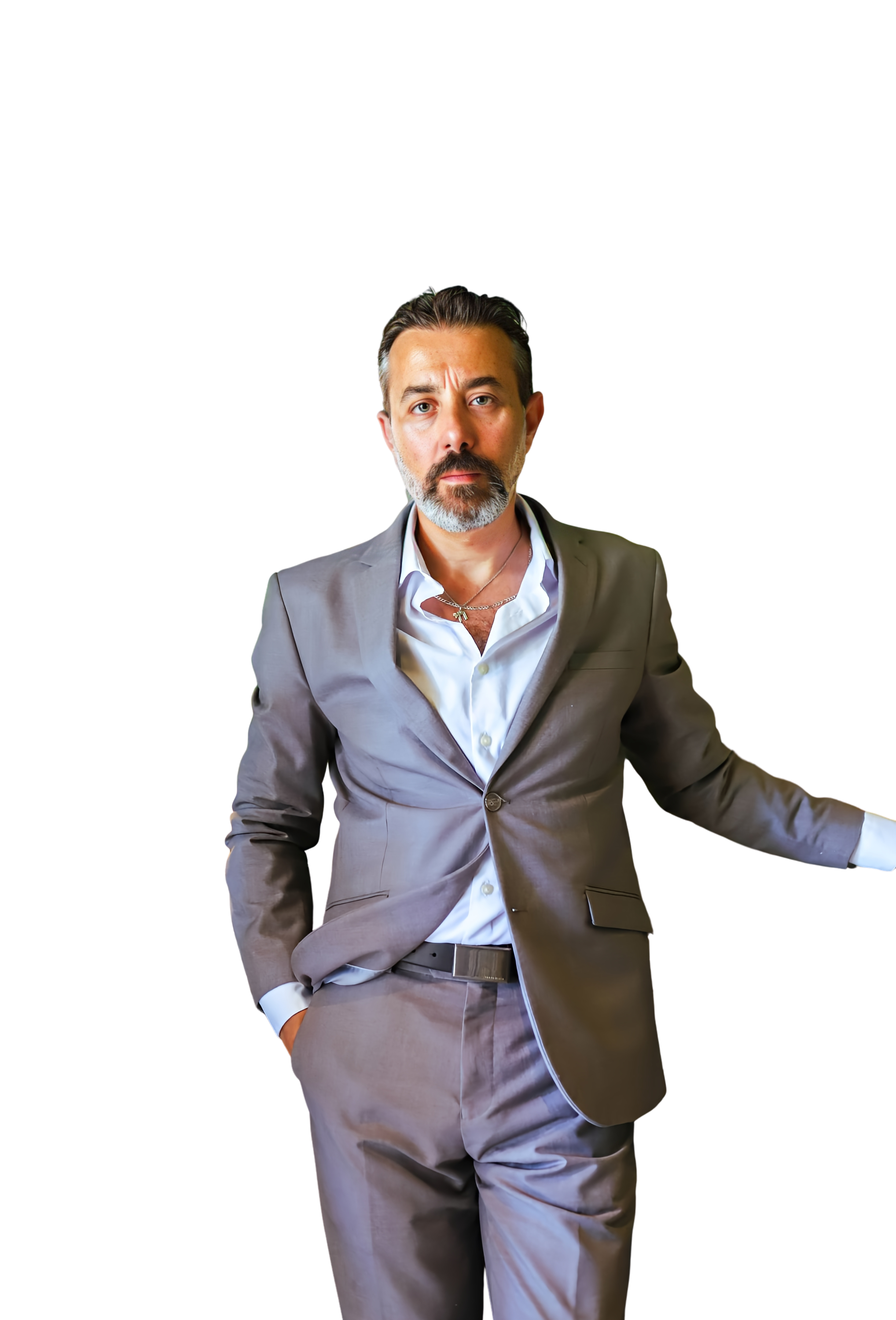The Self-Trust Loop: Why Instinct Beats Over-Analysis
- Ethan Starke
- Aug 1
- 2 min read
Every high performer hits a wall.
But it’s rarely due to lack of information.
It’s due to overload — too many opinions, too many options, too much noise.
And when we’re overwhelmed, we default to overthinking.
We research, we delay, we over-plan.
Not because we’re being strategic — but because we don’t trust what we already know.
That’s where the sharpest leaders separate themselves:
They build a Self-Trust Loop.
They don’t wait for every answer.
They don’t ask twelve people for permission.
They act from clarity — not consensus.

Overthinking Is a Symptom of Disconnection
The more we disconnect from our instincts, the more we outsource decisions.
We analyze endlessly.
We fear mistakes.
We forget what decisiveness feels like.
But instinct isn’t reckless.
Instinct is intelligence with speed.
It’s the part of you that’s been watching, collecting, patterning — even when you weren’t aware of it.
And when you’ve done the work to understand your terrain, your instinct becomes more accurate than any spreadsheet.
The Self-Trust Loop: A 3-Part Cycle
Here’s how self-trust compounds over time:
Act on clarity (not certainty)→ You don’t need 100% assurance. You need 70% direction and the courage to move.
Honor the result (without shame or self-congratulation)→ Learn from outcomes, but don’t over-identify with them. You’re training judgment, not proving worth.
Adjust + reinforce→ Trust builds when you notice that your moves create momentum. Even imperfect action sharpens instinct.
And then?
You repeat.
You act again — with slightly more accuracy, slightly more calm.
Not because you’re smarter, but because you’re aligned.
Case Study: Jeff Bezos and the 70% Rule
Amazon founder Jeff Bezos famously trains his executives to make decisions with around 70% of the information they wish they had.
Why?
Because waiting for 90% often means moving too slow.
And by then, the window is gone.
High-caliber decision-makers don’t just trust data. They trust themselves in the absence of data.
It’s not impulsive. It’s trained instinct.
Built from pattern recognition, ownership, and recovery.
Self-Trust Feels Like Movement Without Panic
Want to know if you’re on the right track?
Check your body.
Self-trust feels like:
Calm urgency
Forward motion without clenching
Conviction without friction
It’s a quiet certainty that doesn’t require applause.
It’s the exact opposite of anxiety dressed up as ambition.
Build It Daily
You don’t become self-trusting overnight.
You build it — through reps.
That might mean:
Making a decision quickly, even when you’re scared
Saying no without needing to explain
Walking away when your body says “not this” — even if logic says “maybe”
Self-trust is the engine behind all elite movement. The more you use it, the faster it sharpens. The sharper it gets, the more you move like you were built to.
Final Thoughts
Over-analysis is a shield we build when we don’t trust ourselves. But the real edge comes from making clean, quick decisions — not perfect ones. Self-trust isn’t loud. It’s subtle. It’s that quiet click inside when something fits. Cultivate that signal, and you’ll move faster than most ever will.




